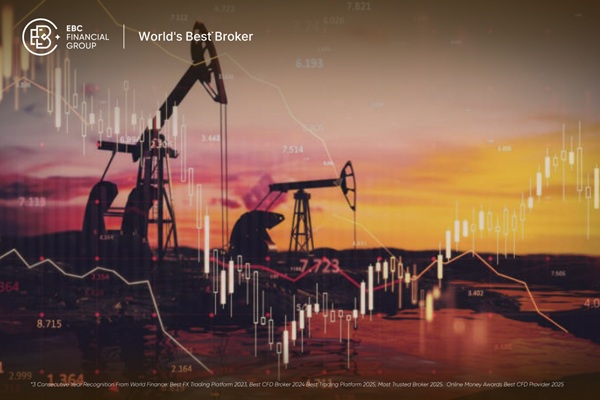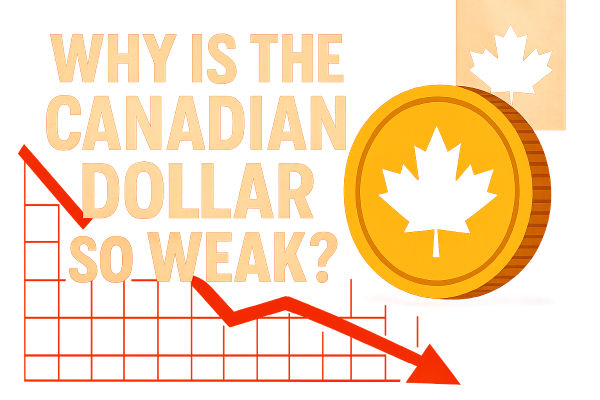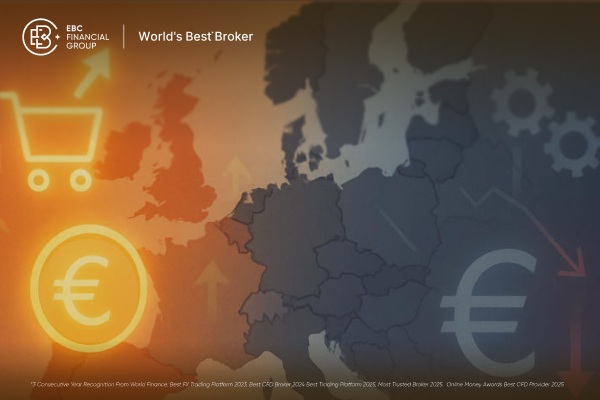Oil prices have staged a notable recovery in recent months, drawing renewed attention from energy traders navigating a landscape shaped by seasonal demand surges, geopolitical tensions, and shifting macroeconomic signals. As volatility returns to the crude market, the question isn't just whether oil prices will rise—it's how far, how fast, and how sustainable any upside move might be.
For those trading futures, options, or energy-linked assets, timing and precision are critical. Understanding the short-term catalysts behind crude's trajectory is essential to managing risk and seizing opportunity in a market where fundamentals and sentiment often diverge.
Current Price Trends & Momentum
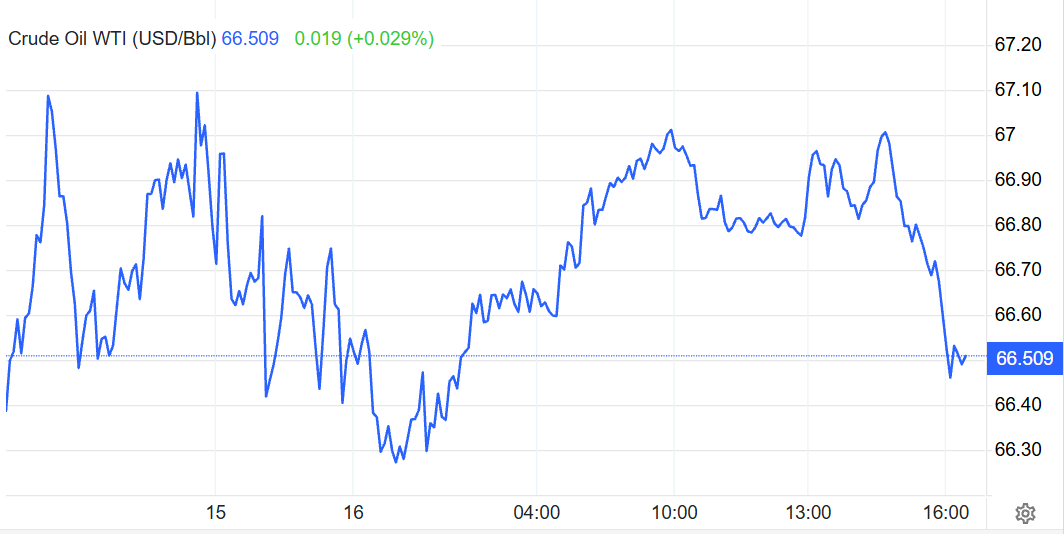 Oil benchmarks such as Brent and WTI have staged a notable recovery since late Q2 2025. The recent upside in prices has been supported by a combination of tighter U.S. crude inventories, robust seasonal demand, and continued bullish bets in the derivatives market.
Oil benchmarks such as Brent and WTI have staged a notable recovery since late Q2 2025. The recent upside in prices has been supported by a combination of tighter U.S. crude inventories, robust seasonal demand, and continued bullish bets in the derivatives market.
As of mid-July 2025. WTI crude has reclaimed the $80 per barrel level, while Brent crude has tested $85—a range not seen consistently since Q3 2023. Importantly for traders, price action has confirmed breakout levels, with bullish technical signals including rising RSI, sustained volume, and favourable moving average crossovers on the daily and weekly charts.
Moreover, net-long speculative positions in oil futures (as reported by the CFTC) have climbed to their highest in five months, indicating increased conviction among hedge funds and commodity-focused desks.
Global Economic Outlook: U.S., China, and Europe
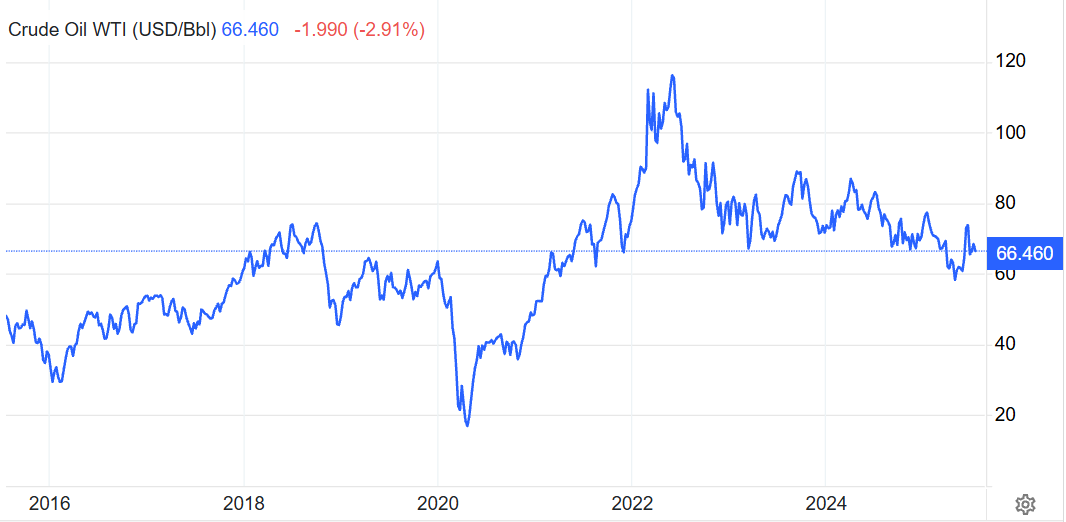 Traders must always weigh demand-side factors, particularly in the world's largest oil-consuming economies. The U.S. economy has displayed resilience, with a softer landing narrative gaining traction. Recent GDP revisions have surprised to the upside, while air travel and freight volumes are showing robust summer peaks.
Traders must always weigh demand-side factors, particularly in the world's largest oil-consuming economies. The U.S. economy has displayed resilience, with a softer landing narrative gaining traction. Recent GDP revisions have surprised to the upside, while air travel and freight volumes are showing robust summer peaks.
In China, the world's second-largest oil consumer, policy-led stimulus is beginning to feed into industrial activity and transport fuel demand. June factory data was firmer than expected, and oil imports have surged to their highest monthly total this year. This matters enormously for short-term sentiment—China's demand has the power to swing global oil balances by hundreds of thousands of barrels per day.
Europe, while slower to rebound, is still contributing to demand through summer travel and energy generation needs. That said, high inflation and softer manufacturing readings in Germany and France may cap upside expectations from this region.
From a trading standpoint, any economic surprise—positive or negative—will impact crude's intraday volatility, particularly when aligned with macro releases like U.S. CPI, China's PMI, or ECB policy decisions.
Market Forecasts: Goldman Sachs, J.P. Morgan & EIA
Forecasts from major institutions help anchor sentiment—even if actual price discovery deviates sharply. Goldman Sachs recently raised its Brent forecast for the second half of 2025 to $86/bbl, citing sustained demand and OPEC's disciplined supply policy. J.P. Morgan is slightly more conservative, forecasting a Brent range of $78–82 over the same period, based on moderate inventory drawdowns and China's uneven recovery.
Meanwhile, the U.S. Energy Information Administration (EIA) projects WTI to average $79 per barrel in Q3 2025. climbing toward $82 in Q4. assuming normalised refinery throughput and a stabilising geopolitical environment.
For traders, these projections serve as benchmarks for options positioning and risk-reward trade structuring. They also provide context for implied volatility levels in energy contracts—currently priced near 25% for front-month WTI, suggesting a "watch-and-react" market environment.
Inventory Dynamics & U.S. Production Outlook
Perhaps the most critical and underrated input for price direction lies in inventory and production data. U.S. commercial crude inventories have fallen sharply over the last five weeks, as refinery utilisation rates ramp up for peak driving season. The latest EIA report showed a drawdown of over 6 million barrels—well above analyst expectations.
At the same time, U.S. shale producers have lowered output forecasts for the second half of the year. Despite elevated prices, rig counts have not fully recovered, with many operators favouring capital discipline and shareholder returns over aggressive drilling.
Globally, OPEC+ remains cautious. The cartel's adherence to voluntary cuts and saudi arabia's extended unilateral reductions suggest a desire to maintain price stability and avoid another glut. This controlled supply scenario increases the probability of undersupply in late summer, particularly if Asian demand continues its upward trajectory.
Traders watching the weekly EIA stockpiles, rig count reports, and tanker tracking data should expect these releases to heavily influence short-term price swings.
Seasonal vs. Structural Demand: Summer Peaks & Demand Destruction
One of the trickiest aspects to navigate as a trader is separating seasonal demand spikes from long-term structural shifts. Summer typically brings stronger demand for gasoline, jet fuel, and diesel, as travel peaks across the Northern Hemisphere. This year is no different—with AAA forecasting record U.S. highway travel and IATA reporting robust international flight bookings.
However, lurking behind this temporary uplift is the spectre of demand destruction. High prices may eventually reduce consumption, especially in price-sensitive developing markets. Moreover, energy efficiency improvements and the gradual penetration of electric vehicles (EVs) may begin to erode baseline petroleum demand.
That said, for traders focused on the next 2–12 weeks, seasonality remains a bullish factor. Watch for confirmation via refinery throughput data, mobility indices, and weekly product draws in gasoline and distillates.
Conclusion: Oil's Upside Looks Intact—for Now
So, will oil prices go up? For traders, the case for a continued upswing into late summer 2025 is supported by tightening inventories, healthy short-term demand, constrained supply growth, and bullish technical setups. However, the sustainability of this move will depend on how macro data unfolds and whether geopolitical risks escalate.
In the near term, price dips are likely to be bought, particularly in the $76–78 range for WTI and $81–83 for Brent. Short-term volatility remains elevated, creating ample opportunities for swing trades, options strategies, and calendar spreads.
For the active trader, oil's direction is never certain—but with discipline, data, and well-timed entries, the current environment offers fertile ground for high-conviction trades.
Disclaimer: This material is for general information purposes only and is not intended as (and should not be considered to be) financial, investment or other advice on which reliance should be placed. No opinion given in the material constitutes a recommendation by EBC or the author that any particular investment, security, transaction or investment strategy is suitable for any specific person.





 Oil benchmarks such as Brent and WTI have staged a notable recovery since late Q2 2025. The recent upside in prices has been supported by a combination of tighter U.S. crude inventories, robust seasonal demand, and continued bullish bets in the derivatives market.
Oil benchmarks such as Brent and WTI have staged a notable recovery since late Q2 2025. The recent upside in prices has been supported by a combination of tighter U.S. crude inventories, robust seasonal demand, and continued bullish bets in the derivatives market. Traders must always weigh demand-side factors, particularly in the world's largest oil-consuming economies. The U.S. economy has displayed resilience, with a softer landing narrative gaining traction. Recent GDP revisions have surprised to the upside, while air travel and freight volumes are showing robust summer peaks.
Traders must always weigh demand-side factors, particularly in the world's largest oil-consuming economies. The U.S. economy has displayed resilience, with a softer landing narrative gaining traction. Recent GDP revisions have surprised to the upside, while air travel and freight volumes are showing robust summer peaks.






